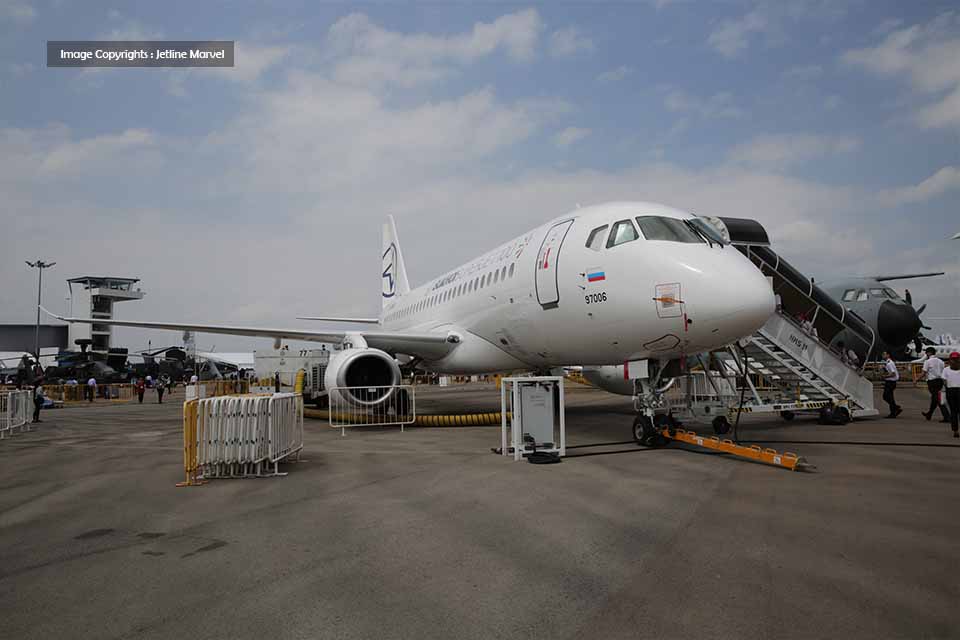Civil Aviation
Reason for Russia’s S100 Aircraft Crash Revealed

A tragic incident involving the Sukhoi Superjet 100, operated by Gazprom Avia, has claimed the lives of all three crew members onboard.
The aircraft, which was on a test flight following maintenance, crashed in a forested area near Moscow. Preliminary findings suggest that the crash was caused by human error related to the installation of angle of attack sensors during a heavy maintenance check.
The Sukhoi Superjet 100, a regional jet designed for various commercial operations, was undergoing routine repairs at the Lukhovitsky Aircraft Plant, a branch of the United Aircraft Corporation (UAC). During this maintenance, crucial angle of attack sensors, which play a vital role in monitoring the aircraft’s aerodynamic performance, were installed incorrectly.
According to initial reports, two of the four angle of attack sensors were installed with a deviation of approximately five degrees, deviating from the specifications outlined in the operating manual. This misalignment led to erroneous data being fed into the aircraft’s avionics system.
During the climb phase of the test flight, these incorrect readings triggered the aircraft’s stall protection system prematurely. Designed to prevent the aircraft from entering a stall condition, this system inadvertently caused the Superjet 100 to descend uncontrollably, resulting in the crash.
Following the incident, the operational situation center of PJSC Yakovlev, the developer of the Superjet, promptly issued an information letter highlighting the critical importance of adhering to the operating manual’s guidelines when replacing angle of attack sensors.
This directive underscores the need for strict compliance with maintenance protocols to ensure the safety and reliability of the aircraft. The technical report on the crash is currently being prepared by experts, who are investigating the full extent of the malfunction and the contributing factors.


